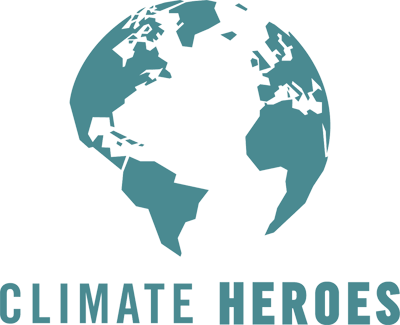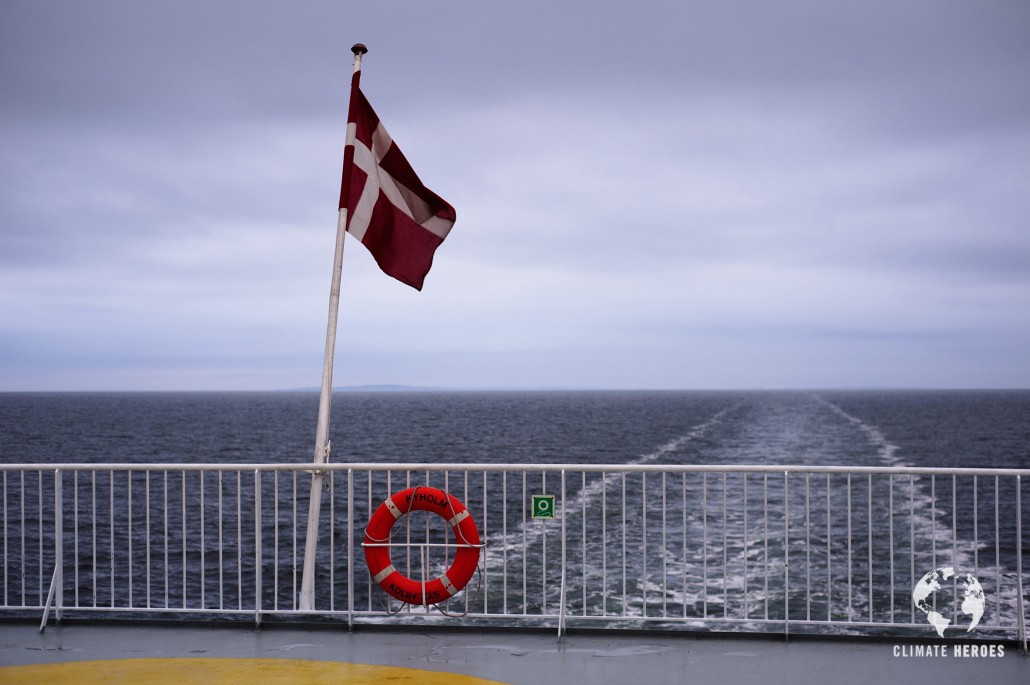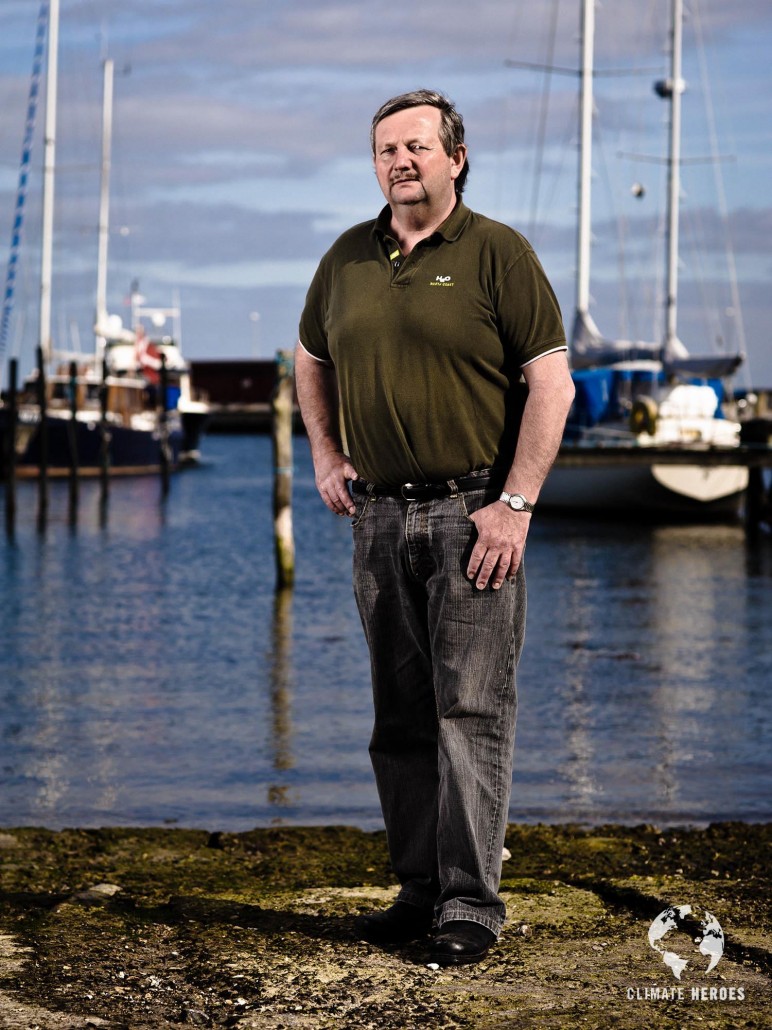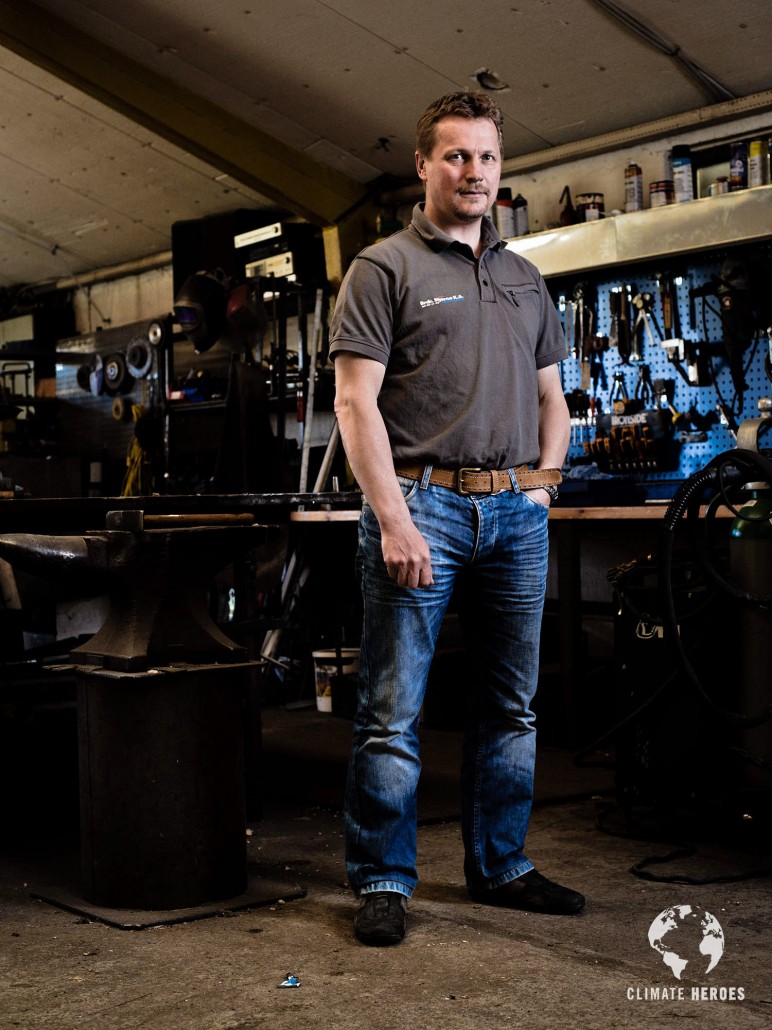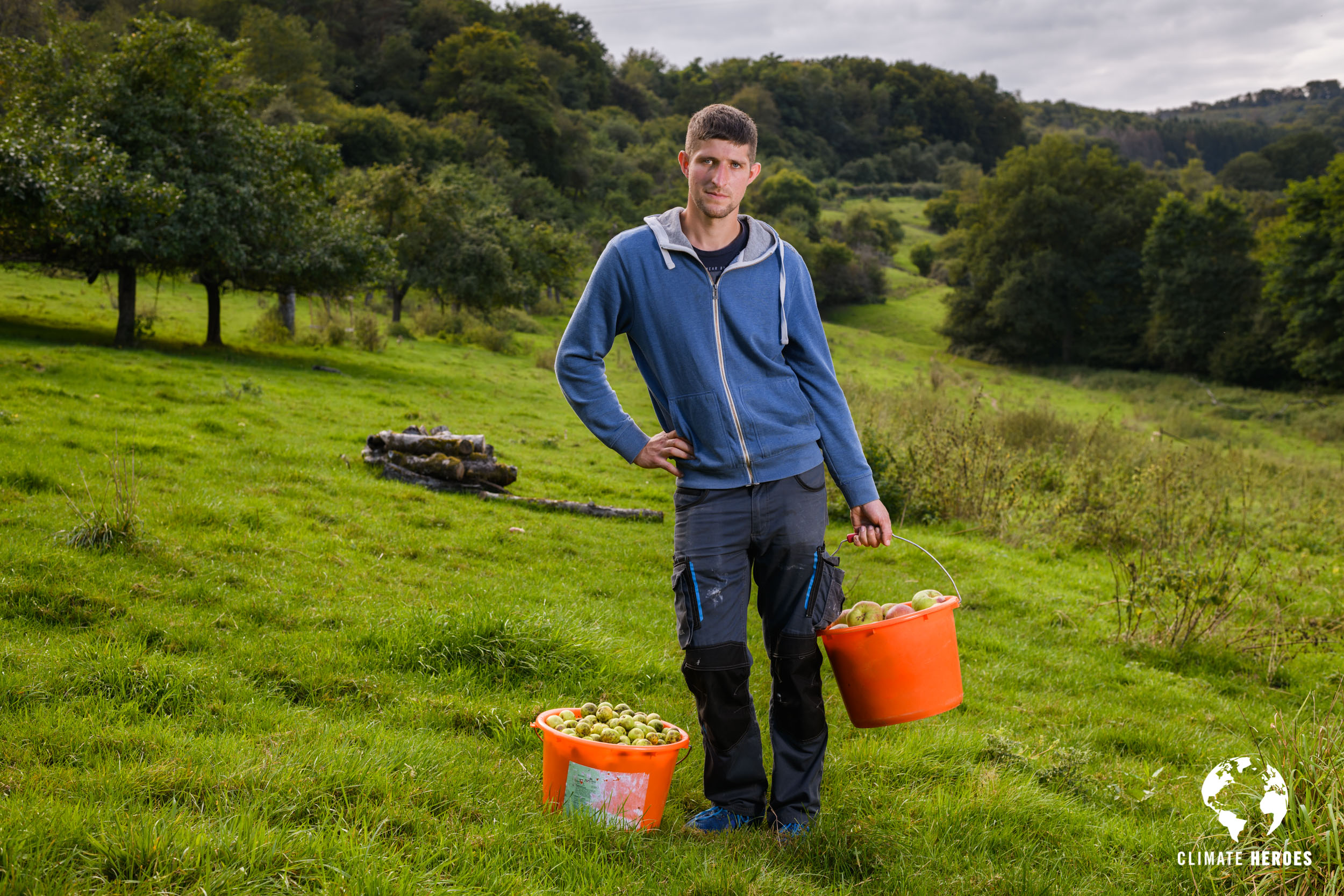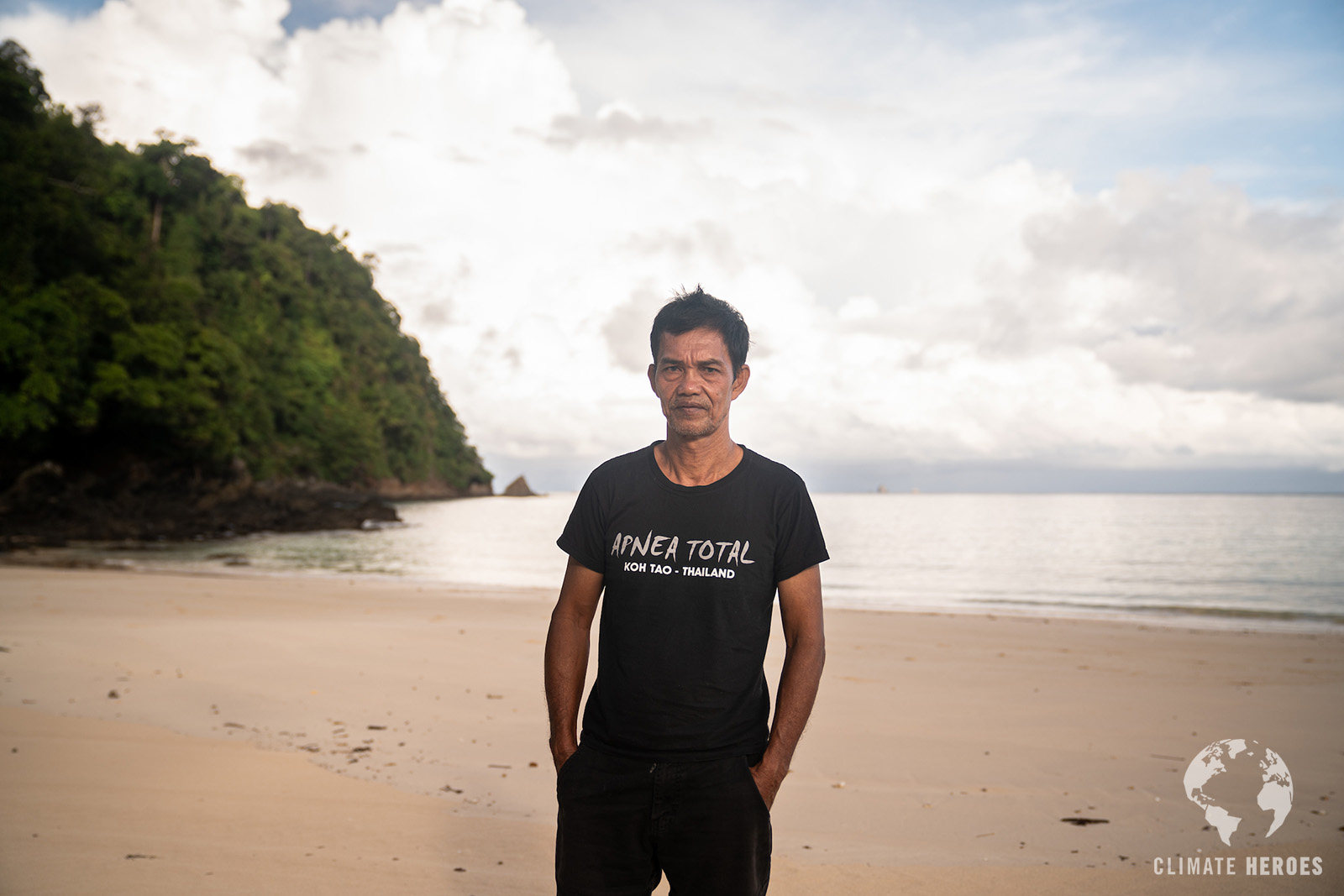Samsø: A wind of change
How a group of Samsingers in Denmark transformed their island in a 100% renewable energy community.
Samsø is a small island off the coast of Denmark and home to about 4,000 Danish citizens. It is not necessarily the place that comes first to mind when thinking of a green energy revolution and yet this windswept scrap of Scandinavia has undergone a remarkable change in the past decade: The island today runs on 100 percent renewable electricity.
What’s more, they’ve cut their carbon footprint by a staggering 140% since 1997, exporting excess energy generated by its renewable power plants to mainland Denmark (a figure in the order of millions of kilowatt hours every year). Samsinger, as the island’s inhabitants are called, Brian Kjaer, an electrician explains: “In our everyday life, we think a bit more about how and when we use the power. And we don’t complain when there is wind because then we have free heat or free transportation.”
The story of Samsø’s renewable energy ambitions starts in 1997. A countrywide political interest in renewables coupled to an oil supply crisis prompted the Danish Ministry of Environment and Energy to initiate a renewable energy contest where communities had to present a convincing plan for converting their entire energy systems to renewables within ten years. The ministry’s aim was to study how high a percentage of renewable energy a well-defined area could achieve with no major grant funding. An enterprising consultant and engineer, Ole Johnsson from Aarhus, Denmark’s second-largest city, thought Samsø would make a good candidate, convinced the island’s mayor and submitted a plan. To the island residents’ surprise, Samsø won. “He thought he would go to Copenhagen with a wheelbarrow and come back with money like a Viking,” Søren Hermansen, Director of the Energy Academy, recounts.

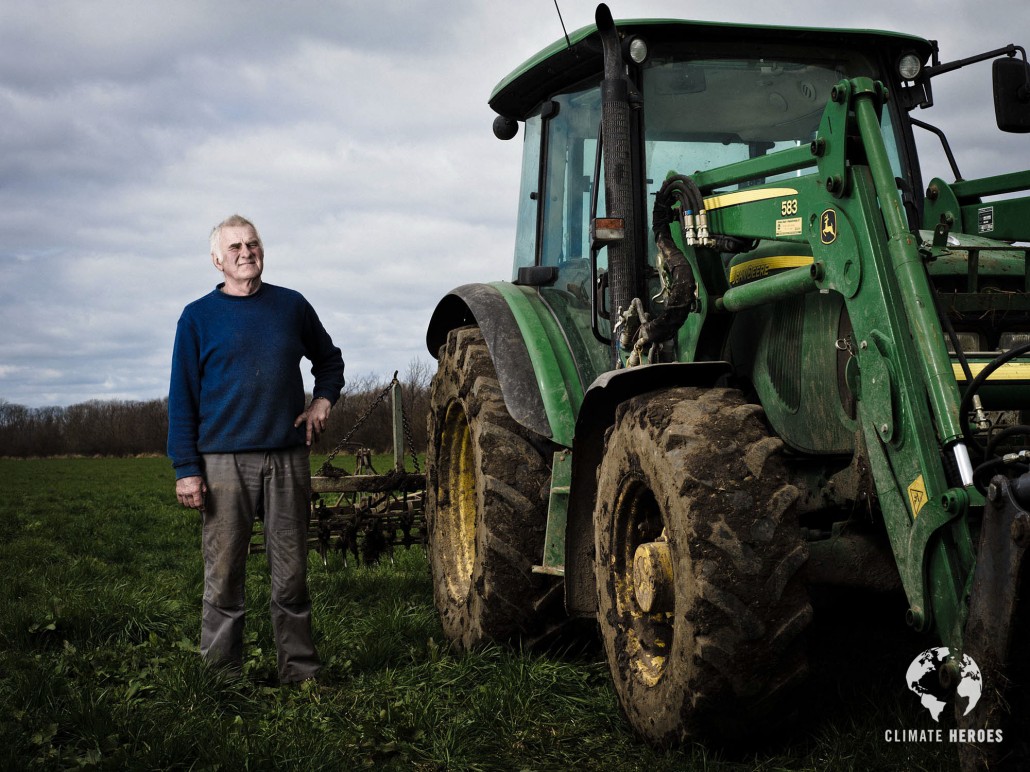
Although the Danish government did invest nearly $90 million over the next decade, it came with some requirements: energy self-sufficiency employing readily available technology produced in Denmark, plus the need for local matching funds. “From then on, we knew it was a very uphill project,” says Hermansen, who became the project’s first employee.
It was Hermansen’s job to lead the change, which he did via public discussions fueled by free coffee, apple juice and, perhaps most importantly, free beer. Samsø is geographically surrounded by coal-fired power plants in three compass directions (East, West and South) producing cheap electricity, so switching to 100% renewable energy did not seem like an obvious choice for Samsingers who are mostly farmers. Consequently, a mere 50 people showed up for the first meeting. It was only after the closure of a slaughterhouse which put 100 Samsingers out of work, paired with the promise of an economic opportunity (and thus, renewable projects on the island have resulted in an average of 30 new jobs annually for the past 10 years) which finally convinced enough residents to sign the contracts and get the project underway.
Today, the island is home to 21 wind turbines that either tower over the island or rise from the offshore waters of the Kattegat Strait, which connects the Baltic and North seas. The land-based turbines are 50 meters tall with blades that stretch some 27 meters from end to end. The offshore turbines are even larger – 63 meters high with 40-meter blades. A single such turbine can generate roughly eight million kilowatt-hours of electricity a year at a cost of $3 million per turbine (the onshore turbines are cheaper, at just over $1 million).
Drawing on a Danish co-operative tradition, approximately one in ten Samsingers is an energy producer, meaning they own a share in at least one of the wind turbines. One of them is the farmer Jørgen Tranberg, who introduces himself as such: “I’m Jørgen Tranberg, I have lived here for 28 years, I have 3 children, I own 150 milking, one wind turbine at the back of my farm and half a turbine out in the sea.”
By owning the turbines themselves, Samsø’s residents never felt like the technology was imposed on them, Hermansen explains. Instead they believe that they made both individually and collectively a smart business choice. A wind turbine shareholder usually realizes his initial investment within approximately eight years. After that, he or she will start earning an annual profit based on the wind turbine’s output and the price of electricity.
In addition to the individual shareholder benefits, the green development has brought new jobs, new businesses, and increased levels of tourism for renewable energy enthusiasts to the island. The island’s website, Visit Samsø, includes a prominent section on Samsø as a renewable energy island. The Samsø Energy Academy, which Hermansen leads, opened in 2007, is a source of renewable energy research, education, and training. The academy arranges exhibitions and workshops that attract more than 6,000 politicians, journalists, and students from around the world every year.
Hermansen reminisces on the island’s development: “From being 100% dependent on imported oil, we are now 100% self-supplied. This is a whole different attitude, and still we don’t really feel the changes. I still have a good life with a warm house in the winter and light in the light bulbs. People feel pretty good about it. It is a very great inspiration for me that we have had this successful development and learned everything bit by bit.”

